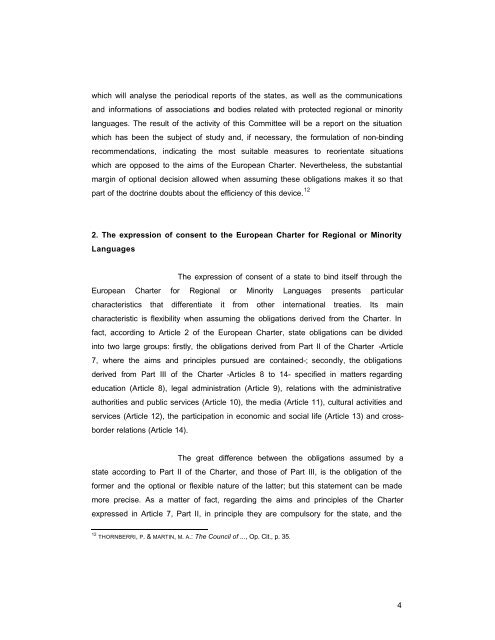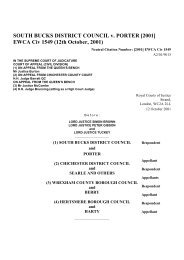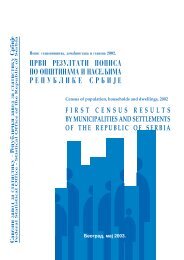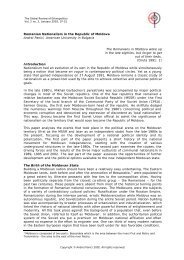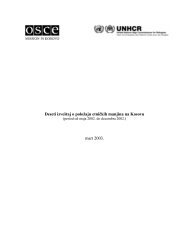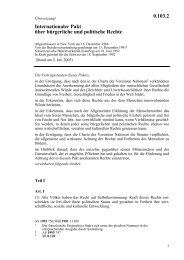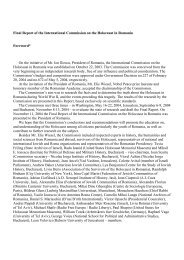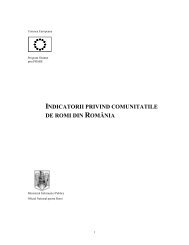get PDF document - MIRIS
get PDF document - MIRIS
get PDF document - MIRIS
Create successful ePaper yourself
Turn your PDF publications into a flip-book with our unique Google optimized e-Paper software.
which will analyse the periodical reports of the states, as well as the communications<br />
and informations of associations and bodies related with protected regional or minority<br />
languages. The result of the activity of this Committee will be a report on the situation<br />
which has been the subject of study and, if necessary, the formulation of non-binding<br />
recommendations, indicating the most suitable measures to reorientate situations<br />
which are opposed to the aims of the European Charter. Nevertheless, the substantial<br />
margin of optional decision allowed when assuming these obligations makes it so that<br />
part of the doctrine doubts about the efficiency of this device. 12<br />
2. The expression of consent to the European Charter for Regional or Minority<br />
Languages<br />
The expression of consent of a state to bind itself through the<br />
European Charter for Regional or Minority Languages presents particular<br />
characteristics that differentiate it from other international treaties. Its main<br />
characteristic is flexibility when assuming the obligations derived from the Charter. In<br />
fact, according to Article 2 of the European Charter, state obligations can be divided<br />
into two large groups: firstly, the obligations derived from Part II of the Charter -Article<br />
7, where the aims and principles pursued are contained-; secondly, the obligations<br />
derived from Part III of the Charter -Articles 8 to 14- specified in matters regarding<br />
education (Article 8), legal administration (Article 9), relations with the administrative<br />
authorities and public services (Article 10), the media (Article 11), cultural activities and<br />
services (Article 12), the participation in economic and social life (Article 13) and crossborder<br />
relations (Article 14).<br />
The great difference between the obligations assumed by a<br />
state according to Part II of the Charter, and those of Part III, is the obligation of the<br />
former and the optional or flexible nature of the latter; but this statement can be made<br />
more precise. As a matter of fact, regarding the aims and principles of the Charter<br />
expressed in Article 7, Part II, in principle they are compulsory for the state, and the<br />
12 THORNBERRI, P. & MARTIN, M. A.: The Council of ..., Op. Cit., p. 35.<br />
4


